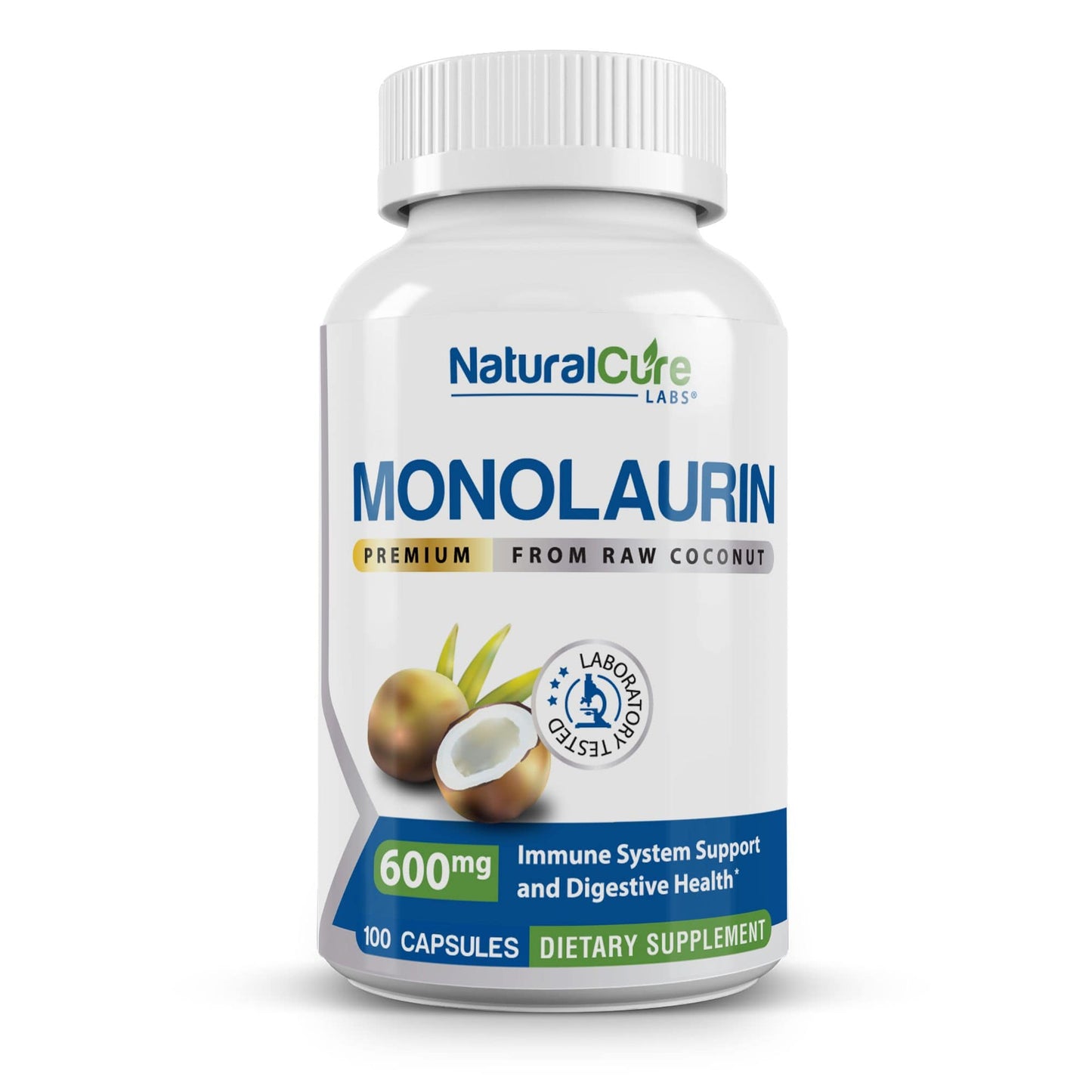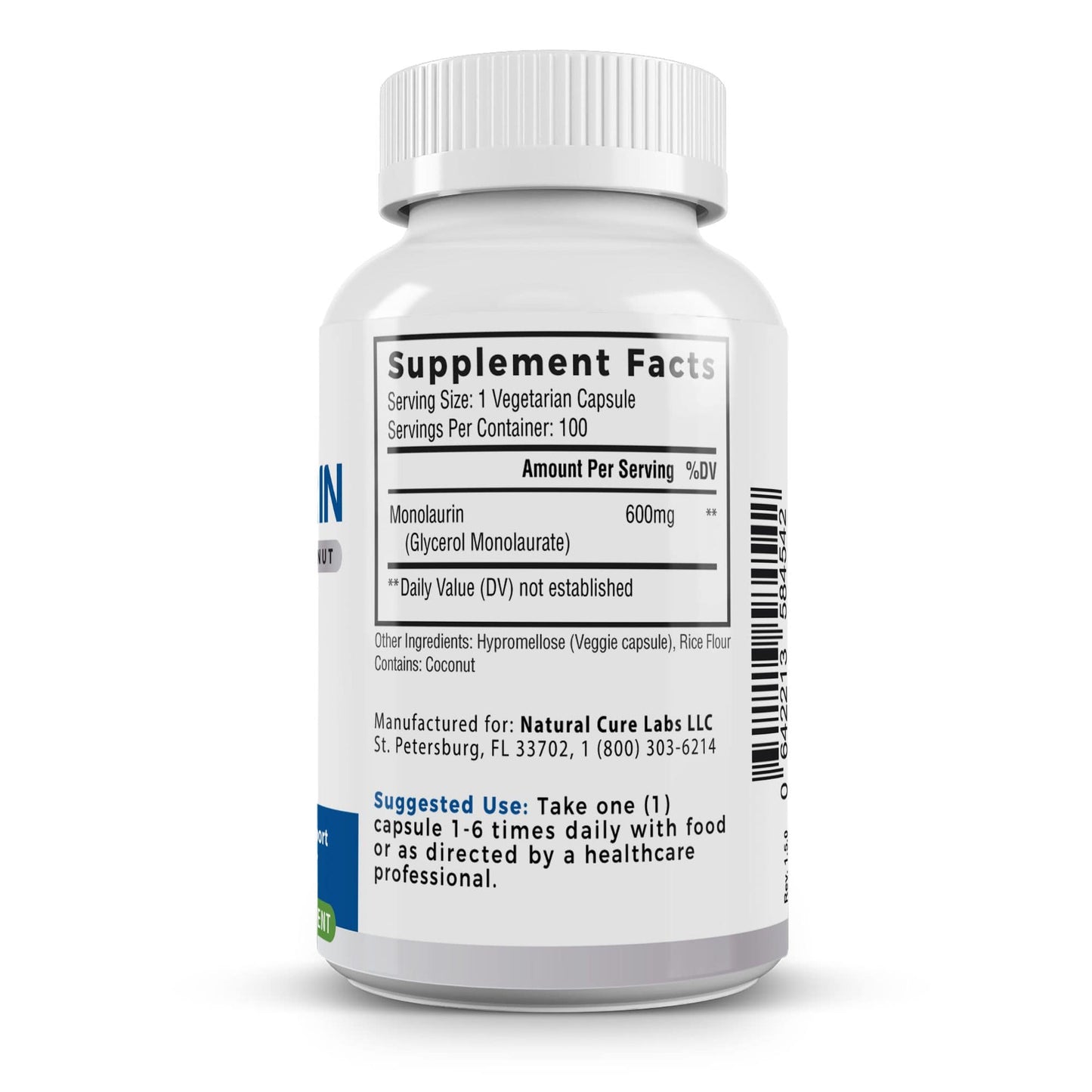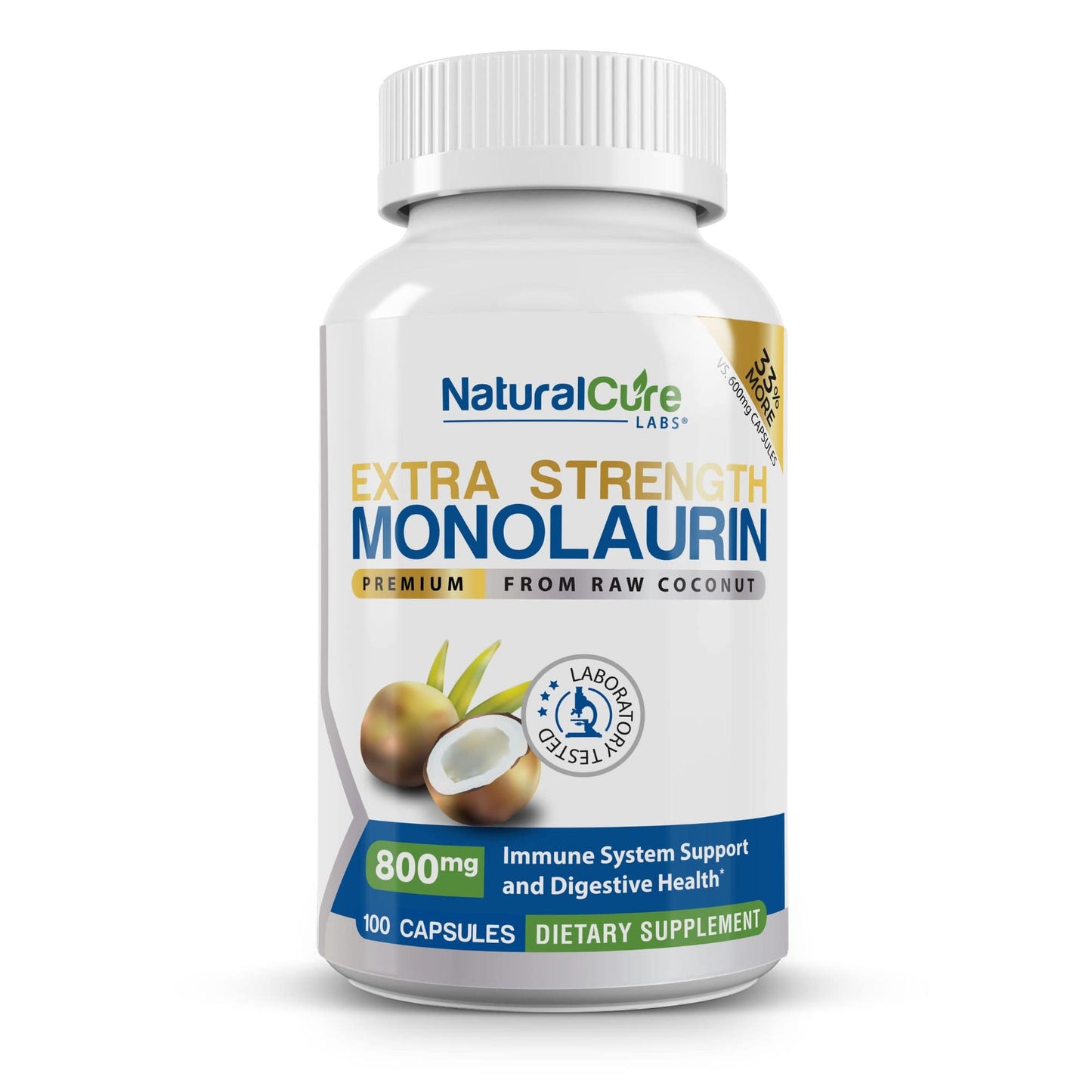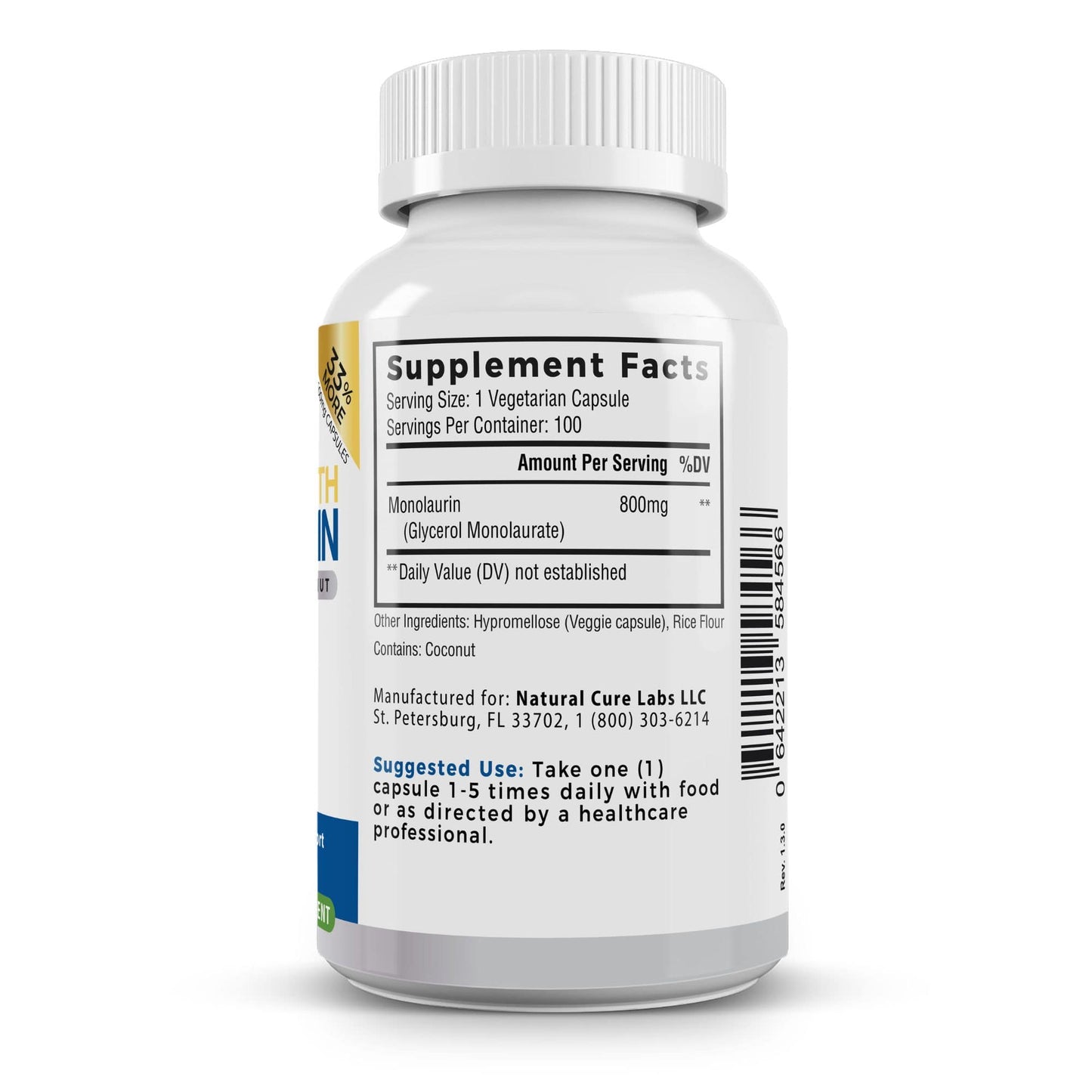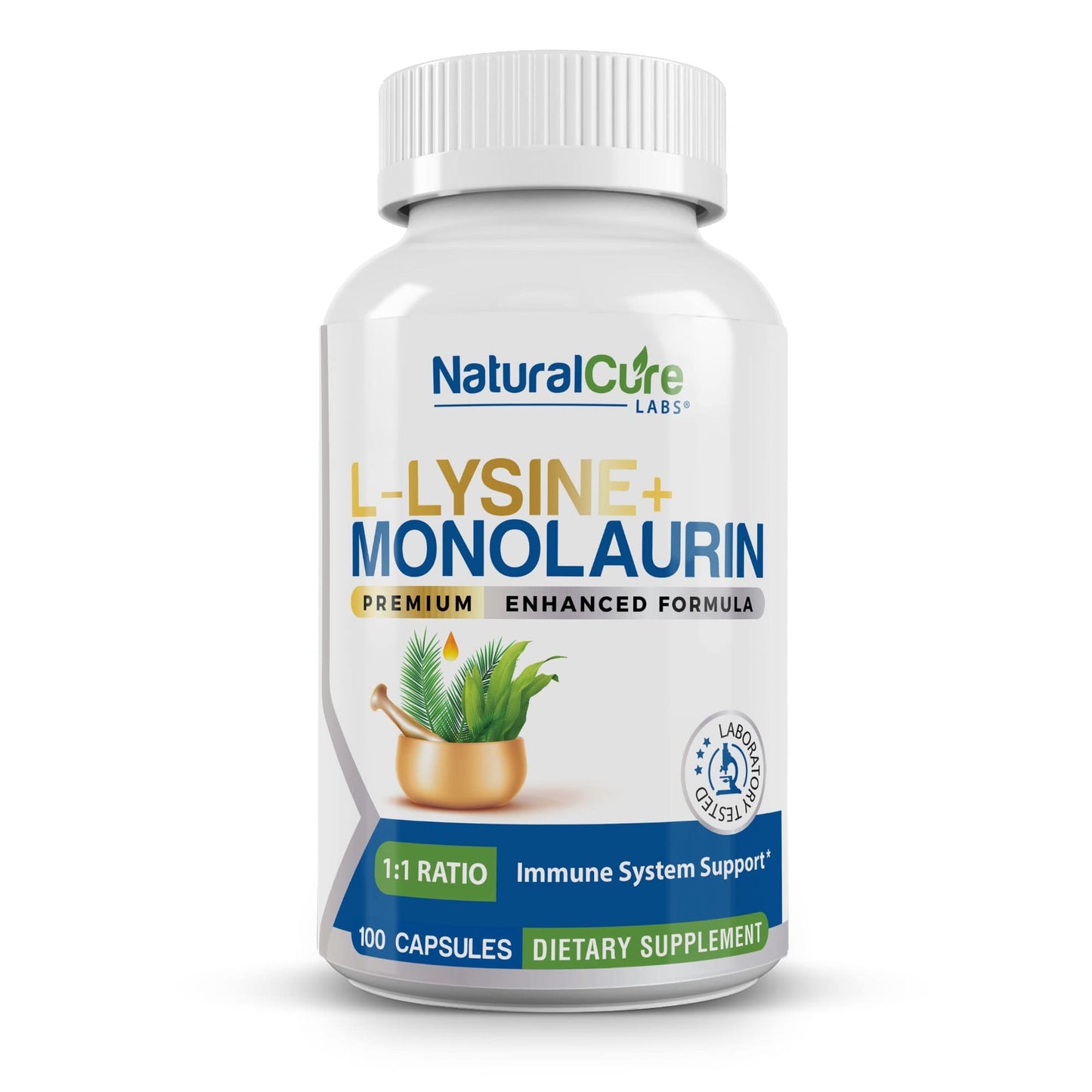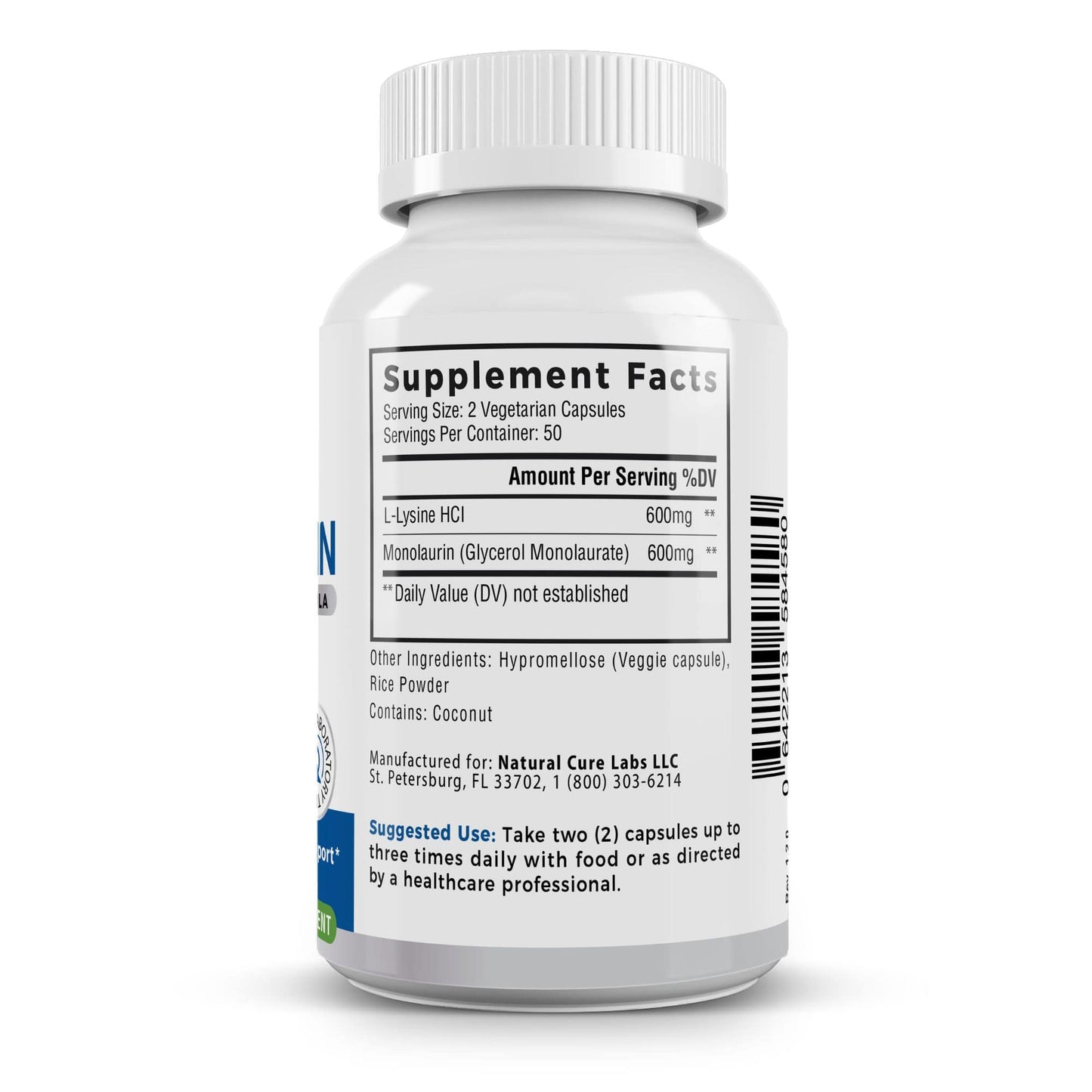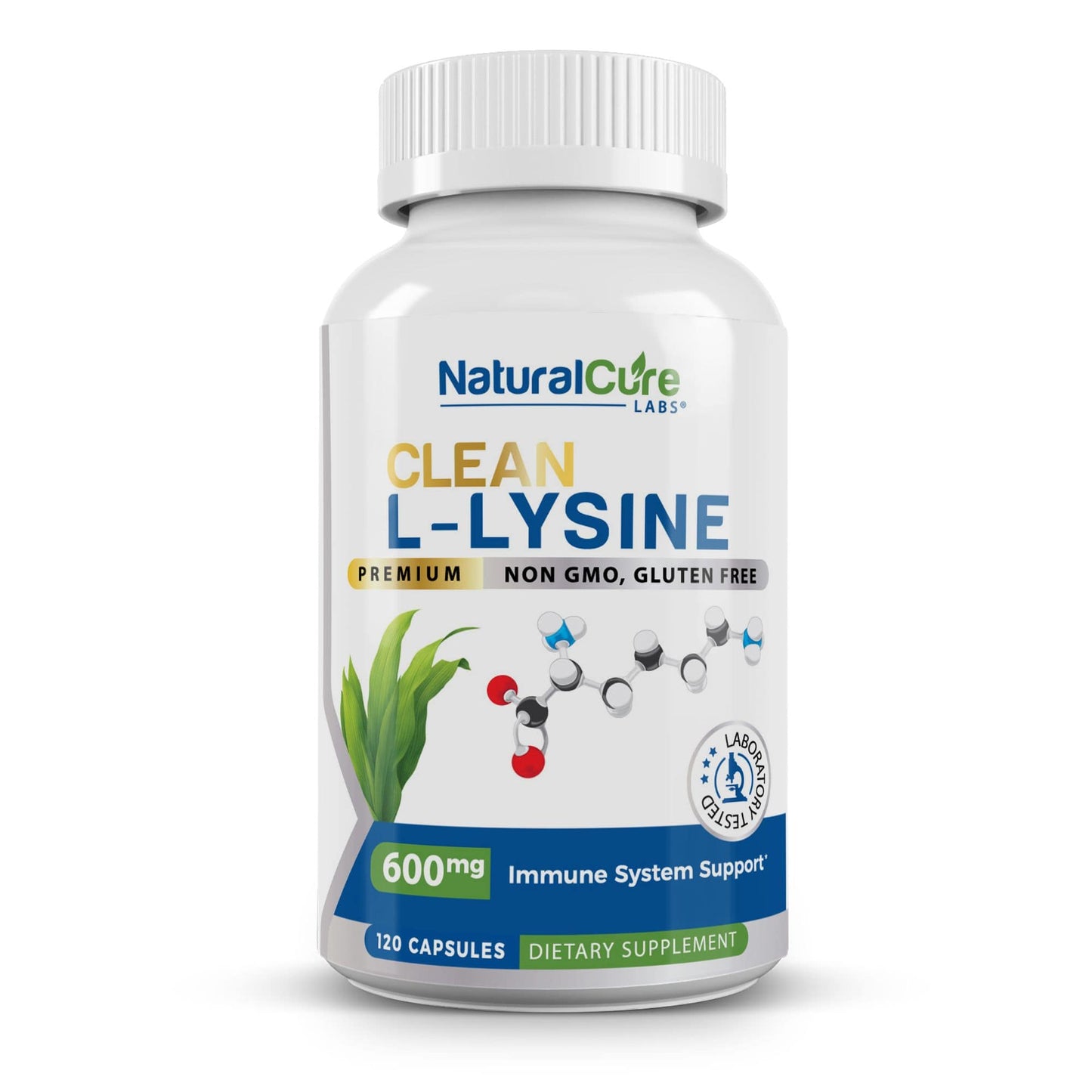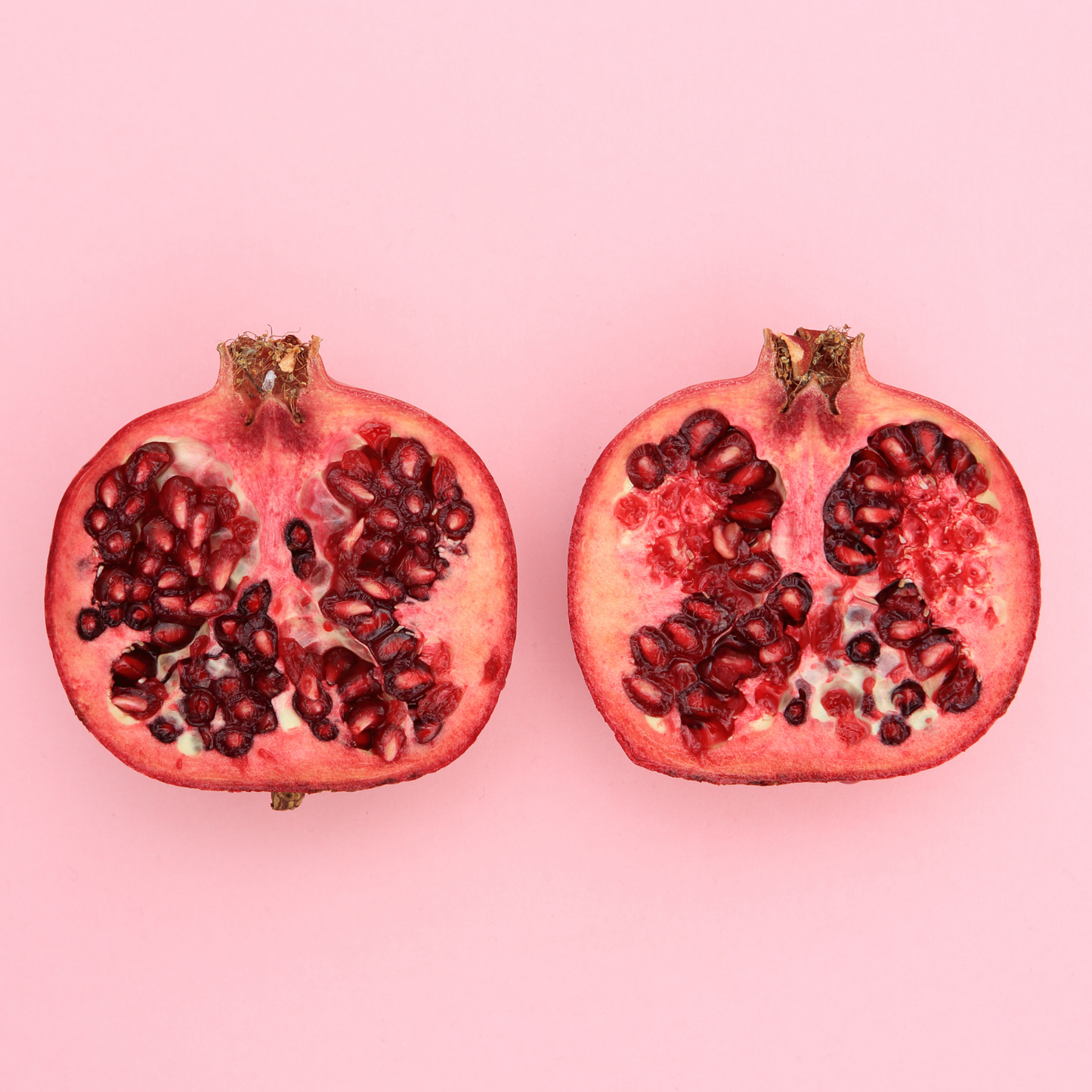
📝 Medically reviewed by Dr. Patricia Shelton
🔍 Last updated March 4, 2024
📚 10 citations
📖 7 minute read
About the Author:

Dr. Patricia Shelton, MD, has been a medical communicator and educator since 2014. She holds a Doctor of Medicine degree as well as a Bachelor's degree in Neuroscience, both from the University of Washington in Seattle.
–
Even if you've never heard of biofilm, you've likely come across it at one point or another in your day-to-day life.
Jump To:
- What Is Biofilm?
- How Do Biofilms Form?
- How Does A Biofilm Formation Stick Together?
- Where Are Biofilms Found?
- How Can Harmful Biofilms Be Addressed?
- Final Thoughts
- References
Biofilm is a group of microorganisms that may form on surfaces or moist environments. Dental plaque on your teeth and sticky slime on shower tiles are two prime examples of biofilm formation. But if left unattended, biofilms can potentially hide microbes from your immune system, making it difficult for your body to remove them.
Keep reading, and we'll share everything there is to know about biofilm for your body.
What Is Biofilm?
A biofilm is a collection of living microorganisms that are capable of reproducing. It is estimated that over 95% of naturally occurring bacteria exist in a biofilm matrix.⁸ These biofilm formations exist as a cooperative community with a complex social structure similar to that of multicell organisms.¹
Formation of biofilm is actually an adaptive survival strategy commonly used by many bacterial species in order to protect themselves from a disadvantageous environment. This allows them to survive, grow, and reproduce.² This "group behavior" is key for biofilm formations to temporarily take on the behaviors more characteristic of multicellular organisms.
The bacteria in biofilms are significantly different from free-floating bacteria, even if they hail from the same species. That's largely due to the unique protected environment of biofilm bacteria as well as their cooperative tendencies.
In general, biofilm formations don't just sit idle waiting to be whisked away. This group of microorganisms can act as a defensive shield against the outside world, making it difficult to treat them effectively.⁷
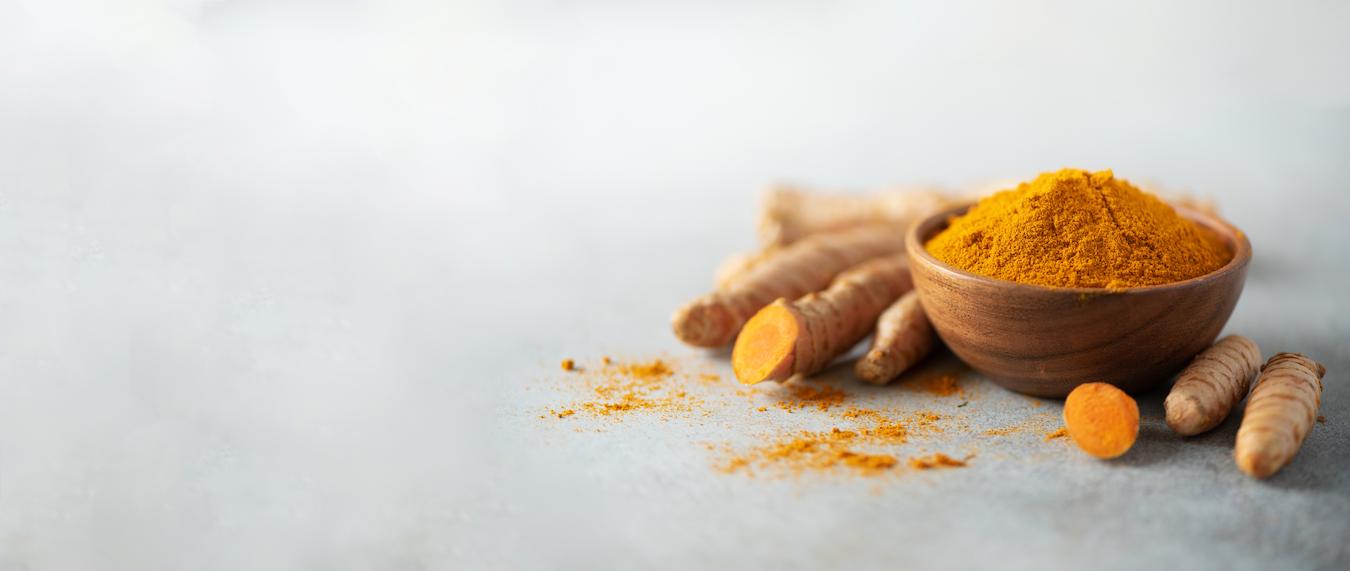
How Do Biofilms Form?
Biofilms form when microorganisms cling to the surface of a moist environment. This process always begins with bacteria being introduced to the environment in question.
However, the bacteria doesn't just instantaneously "stick." This process is dynamic, and it's possible that the bacteria can attach to a surface before promptly detaching on its own accord. The adherence of the bacteria to a surface is mediated by factors like force or nutrient availability.³
After the planktonic bacteria adheres to the surface and becomes irreversibly attached, the cells undergo growth and division. This reproduction is one of the many characteristics of these "smart communities."
How Does A Biofilm Formation Stick Together?
The cells of a biofilm formation don't just stick together on their own accord. They are held together by extracellular polymeric substances, otherwise referred to as “EPS.” The EPS consists of natural polymers that are secreted by the microorganisms of biofilm formations. They are responsible for upholding the structural integrity of biofilms and are essential to their overall function.
The EPS is made up of various components, including polysaccharides, proteins, eDNA, and lipids.⁵
Where Are Biofilms Found?
The free-floating bacteria that make up biofilm communities need to adhere to submerged surfaces before they can begin producing EPS. The biofilm life cycle is long-lasting, often starting only mere hours after planktonic bacteria are introduced to a suitable surface.
A biofilm formation may be small enough to be invisible to the naked eye or may grow to be many inches thick. Regardless of how big it is, the EPS of all biofilm formations creates a structured matrix similar to that of cement.
Examples of biofilm in everyday life include marine algae or the slippery coating on rocks by a pond. But these structures can also play a role in your overall health and wellness. Biofilm can house healthy bacteria in your body but can also be a source of disturbance. Biofilms can be found in places like the gastrointestinal tract (GIT), urinary tract, respiratory system, mouth, eyes, and skin.⁶
Dental Plaque Biofilms
One of the most common and easily understood examples of a biofilm matrix is plaque on teeth. These formations may exist in an uncalcified or calcified state, with the latter being considerably more difficult to remove.
Dental plaque adheres to the teeth and consists of an array of bacterial and fungal species, with modern molecular biological techniques finding over 1,000 different species of dental biofilm. This oral biofilm can be removed with dental instruments.⁸
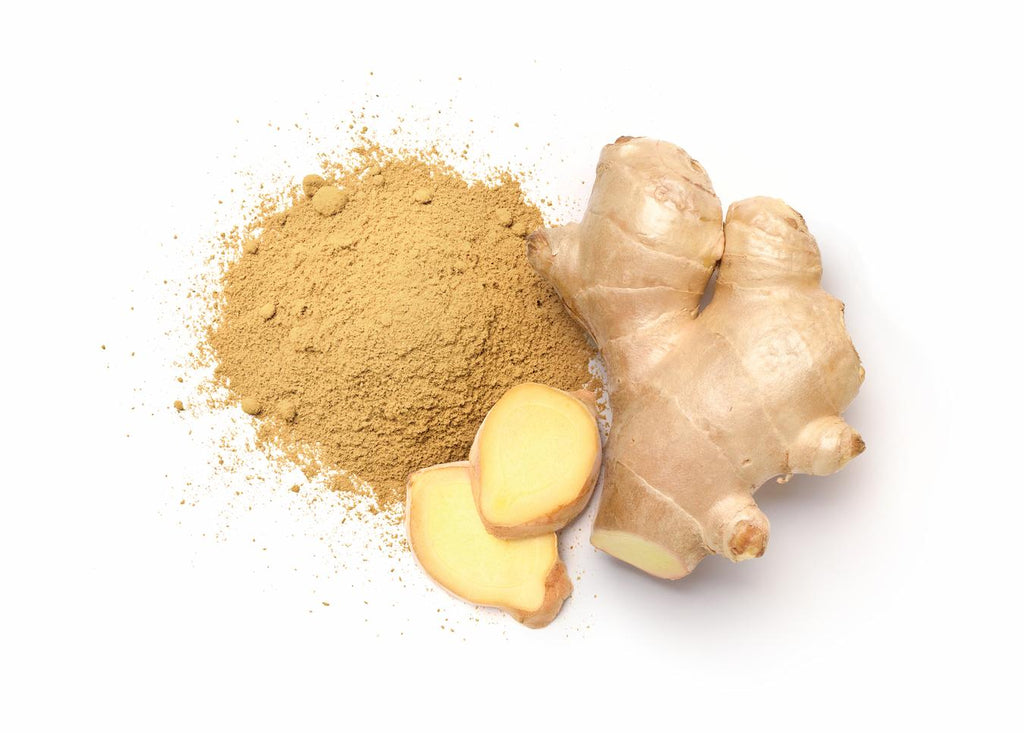
How Can Harmful Biofilms Be Addressed?
There are many reasons why the study of biofilm is so important. And luckily, recent advancements in modern technology have paved the way for more thorough and in-depth research of biofilm bacteria in their natural setting. Previously, much of the research done was on microorganisms in isolation instead of as a part of a biofilm formation.
However, it can be hard to penetrate the glue-like shield of many bacterial biofilms from the outside. That's why supporting healthy immune function and digestive tract support is so essential. ‡
Biofilm Supplements For Better Immune Health
Plant derivatives, including various flowers, stems, and fruits, can help support your body's ability to break down bacterial biofilms. Many natural compounds rich in flavonoids, terpenoids, phenolics, and essential oils have started to become widely used in studies on biofilm.‡ ⁹
For better immune function and digestive health, regularly taking biofilm supplements can give your body the nourishment and nutrients it needs to thrive. Science-backed formulas made with naturally-sourced ingredients can support your body's natural functions in order to have you feeling your best. ‡
Our Biofilm Immune Complex features a proprietary blend of powerful antioxidants, plant-based botanicals, and natural herbs that enhance your digestive health and support your immune system. This is one of the key products offered by Natural Cure Labs, a company that has won countless awards like "Company of the Year," "Best Health & Wellness Nutrition Manufacturer," and “Dietary Supplement Supplier of the Year." ‡
These supplements are rich in natural, clean ingredients like turmeric, ginger, and pomegranate extract in order to support critical health functions and a healthy gut. They also feature sweet wormwood and clove extract, which have been used for thousands of years as natural medicinal remedies.‡ ⁹ ¹⁰
This unique blend of highly-researched botanicals is supported by science. It embodies our commitment to safety and quality, as it's free from synthetic ingredients like silicon dioxide, silica, and magnesium stearate. Everything is formulated, blended, and bottled here in the United States in a GMP-certified facility and third-party lab-tested.‡
We've been trusted by thousands of customers for years, and that's for good reason. We prioritize complete transparency and use clean ingredients in order to provide people with naturally-derived, vegan supplements that support better health, inside and out.‡
“In a crowded marketplace, it's great to see supplements that offer natural ingredients and clean formulas. Also love the scientific approach and the rigor in which they are tested! Definitely will recommend to friends and family.”
- Nira Johri (Aug 17, 2020)
Final Thoughts
Better health starts with supporting your body with natural supplements. With our Biofilm Immune Complex capsules, you can encourage better immune function and improve digestive health with premium botanicals and plant-derived ingredients. That's what your body deserves!‡
Keep Reading: Andrographis Supplements: Benefits, Uses, History, And More
__
References
- Nadell, C., Xavier, J., & Foster, K. (2009). The sociobiology of biofilms. FEMS Microbiol Rev. 2009 Jan; 33(1): 206-24. DOI: 10.1111/j.1574-6976.2008.00150.x
- Chew, S. C., & Yang, L. (2016). Biofilms. Reference Module in Food Science, Encyclopedia of Food and Health. 2016, pp. 407-415. DOI: 10.1016/B978-0-12-384947-2.00069-6.
- Kostakioti, M., Hadjifrangiskou, M., & Hultgren, S. (2013). Bacterial Biofilms: Development, Dispersal, and Therapeutic Strategies in the Dawn of the Postantibiotic Era. Cold Spring Harb Perspect Med. 2013 Apr; 3(4): a010306. DOI: 10.1101/cshperspect.a010306.
- Donlan, R. (2002). Biofilms: Microbial Life on Surfaces. Emerg Infect Dis. 2002 Sep; 8(9): 881–890. DOI: 10.3201/eid0809.020063.
- Martino, P. (2018). Extracellular polymeric substances, a key element in understanding biofilm phenotype. AIMS Microbiol. 2018; 4(2): 274–288. DOI: 10.3934/microbiol.2018.2.274
- Bjarnsholt, T. (2013). The role of bacterial biofilms.... APMIS Suppl. 2013 May:(136):1-51. DOI: 10.1111/apm.12099
- Roy, R., Tiwari, M., Donelli, G., & Tiwari, V. (2018). Strategies for combating bacterial biofilms: A focus on anti-biofilm agents and their mechanisms of action. Virulence. 2018; 9(1): 522–554. DOI: 10.1080/21505594.2017.1313372.
- Saini, R., Saini, S., & Sharma, S. (2011). Biofilm.... J Nat Sci Biol Med. 2011 Jan-Jun; 2(1): 71–75. DOI: 10.4103/0976-9668.82317.
- Shamim, A., Ali, A., Iqbal, Z., Mirza, M. A., Aqil, M., Kawish, S. M., Siddiqui, A., Kumar, V., Naseef, P. P., Alshadidi, A. A. F., & Kuruniyan, M. S. (2023). Natural Medicine a Promising Candidate.... Antibiotics (Basel). 2023 Feb; 12(2): 299. DOI: 10.3390/antibiotics12020299.
- Krishna, S., Bustamante, L., Haynes, R. K., & Staines, H. M. (2008). Artemisinins: their growing importance in medicine. Trends Pharmacol Sci. 2008 Oct; 29(10): 520–527. DOI: 10.1016/j.tips.2008.07.004.
--
‡ These statements have not been evaluated by the Food and Drug Administration. This product is not intended to diagnose, treat, cure, or prevent any disease.
Natural Cure Labs provides dietary supplements made from naturally derived ingredients. Our research-backed products contain premium botanicals and antioxidants that encourage healthy living and holistic wellness. Each high-quality product comes with a Clean Label that certifies our commitment to quality, transparency, and research. To stay connected and learn more, follow us on Facebook, Instagram, and TikTok.


